Coffee utensils | Yasukivo Natural wooden filter Cup brewing experience sharing
Professional coffee knowledge exchange more coffee bean information please follow the coffee workshop (Wechat official account cafe_style)
Yasukivo wooden filter cup using Yamanaka-shikki lacquer exquisite handmade, is a relatively rare filter cup material.
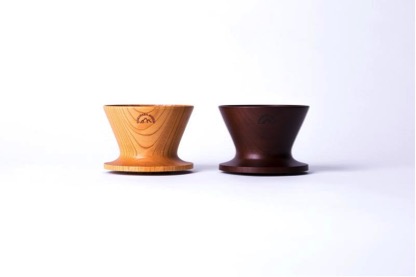
YASUKIYO WOODEN DRIPPER-BROWN
Yamanaka-shikki lacquer ware originated in Ishikawa Prefecture, Japan. The manufacturing technology of Ishikawa lacquer ware can be traced back to the 18th century. Each piece is carved by skilled craftsmen one by one.
Craftsmen use ancient Tategidori technology to cut wood horizontally rather than vertically to create a durable and very light wooden filter cup.
Each piece of wood is cut horizontally along the grain, resulting in greater durability, and the horizontal ribs slow the rate of entry and allow longer contact time between water and powder.

Stunning weft rib lines

Back: the pore diameter of the launching channel is relatively large.
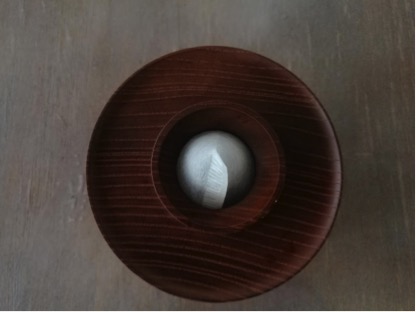
There are more positions protruding from the lower end of the filter paper.
This filter cup is made of natural wood, which is very different from the resin or ceramic, glass and other materials we use in daily life.
Usually the filter cup made of resin did not obviously interfere with the taste of coffee, but the filter cup made of this material had a special aroma from the very beginning. During this period, I rinsed it with hot water many times. Later, I simply gave up the idea that the taste could be removed with water.

The filter paper used with this filter cup is the KONO bleached filter paper I am used to, which is the one with less pulp flavor, and there is no problem with the suitability of this filter cup.
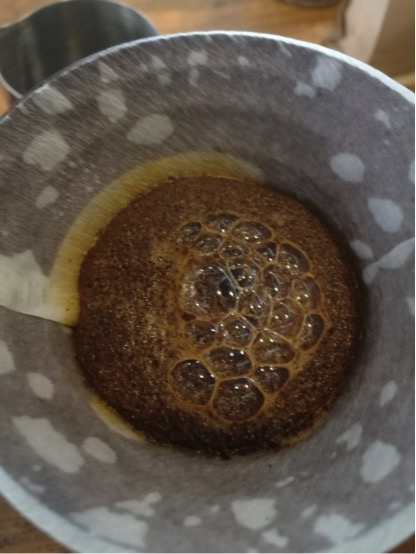
The process of water injection is divided into three stages: steaming, secondary water injection and three times water injection:
Steaming aroma this filter cup is more obvious than HarioV60.
There is little difference in the flow velocity of secondary water injection.
The wooden filter cup is obviously very slow during three times of water injection.
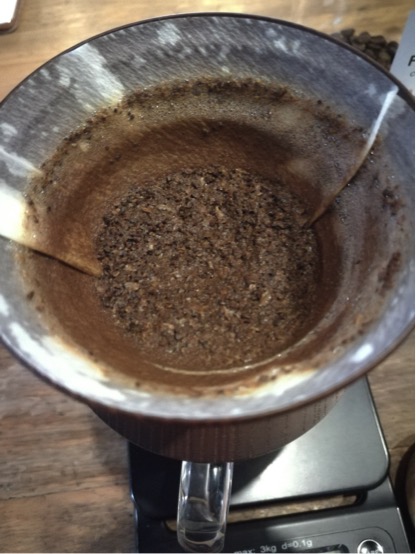
Contrast taste
I used a bean treated with black honey from Shumawa Manor in Costa Rica.
Natural wood filter cup: first of all, the aroma has a Zen wood flavor that suppresses the aroma of coffee, and there is a varnish wood polish at the entrance, which tastes relatively thin. Although so many strange fragrances are added, the coffee flavor is still delicate and clear, while the long end is a little bitter.
HarioV60: clean, rich, high sweetness
The filter cup of this tapered weft rib design is more stable than the spiral texture design, and the place where the concave groove will be will be able to absorb and precipitate fine powder. The horizontal ribs make the launching speed slow, let the contact time between water and powder be long, and spend most of the time in the soaking state, which is more suitable for beans with medium and deep baking degree.
The wooden filter cup is stronger than plastic, lighter than ceramic, beautiful in appearance, beautiful in appearance, comfortable in handle and light in quality. However, it is very disturbing to the taste of the beans that are boiled and baked, but since it is made in Nissan, it is understandable.
Important Notice :
前街咖啡 FrontStreet Coffee has moved to new addredd:
FrontStreet Coffee Address: 315,Donghua East Road,GuangZhou
Tel:020 38364473
- Prev
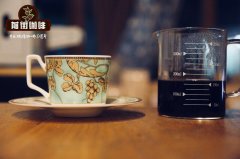
Black coffee Black Coffee is American coffee.
Professional coffee knowledge exchange more coffee bean information please follow the coffee workshop (Wechat official account cafe_style) to analyze the benefits of drinking caffeine the benefits of black coffee has been more and more deeply integrated into Chinese life, especially for the younger generation. However, is everyone aware of the various categories of coffee? Latte, mocha and cappuccino respectively
- Next
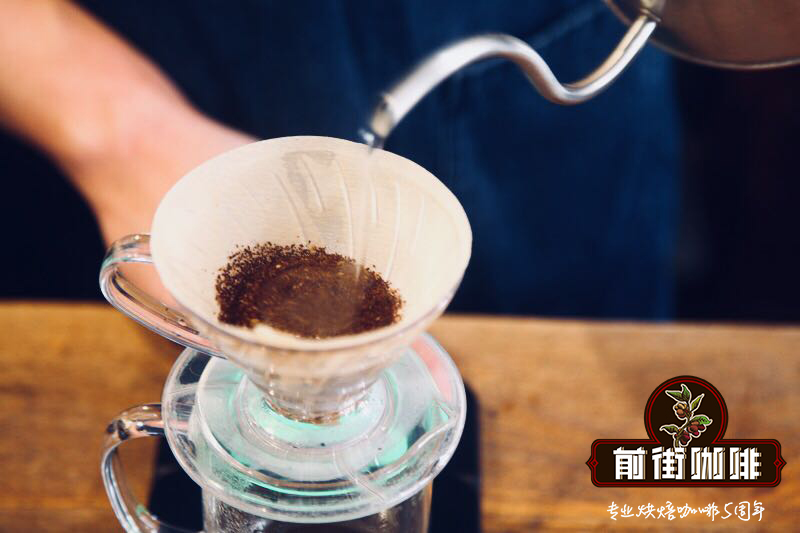
Hand-brewing V60 details | Scott Rao demonstrates the skills of using V60 to make coffee by hand
Professional coffee knowledge exchange more information about coffee beans Please pay attention to the coffee workshop (Wechat official account cafe_style) extraction is the process of making the substance soluble in water. The principle of extraction is nothing more than the release of substances needed by coffee powder when it comes into contact with water. Steaming is to infiltrate all coffee powder and prepare for the following formal extraction. Hand-brewed coffee is processed by flavor extraction and filtration at the same time.
Related
- What is the Philharmonic pressure? How to use Philharmonic pressure to make delicious coffee
- Why does a hand grinder have more fine powder than an electric grinder?
- In addition to the hot mom, what is the difference between the versions of EK43 | ditting and Mahdi ek43?
- What kind of equipment do you need to make coffee by hand? Introduction to novice starter cooking equipment tools
- Espresso needs to be ground how thick and thin scale entry Italian Coffee Machine Bean Grinder investigation and Grinding course
- How much does it cost to open a small private cafe? How much does it cost to learn coffee? How to operate it?
- The difference between the flavor characteristics of hand-brewed coffee and coffee maker is hand-brewed coffee really better than coffee maker? Can I use a coffee machine to make coffee beans by hand?
- The difference between 01 and 02 of hario v60 filter cup what is the difference between 01 and 02 filter cup opening and cooking flavor
- What's the difference between the smart cup and the French kettle? Which is better, the French kettle or the Smart Cup?
- What's the difference between a smart cup and a V60 filter cup? The difference between the taste of smart cup and hand-brewed coffee

